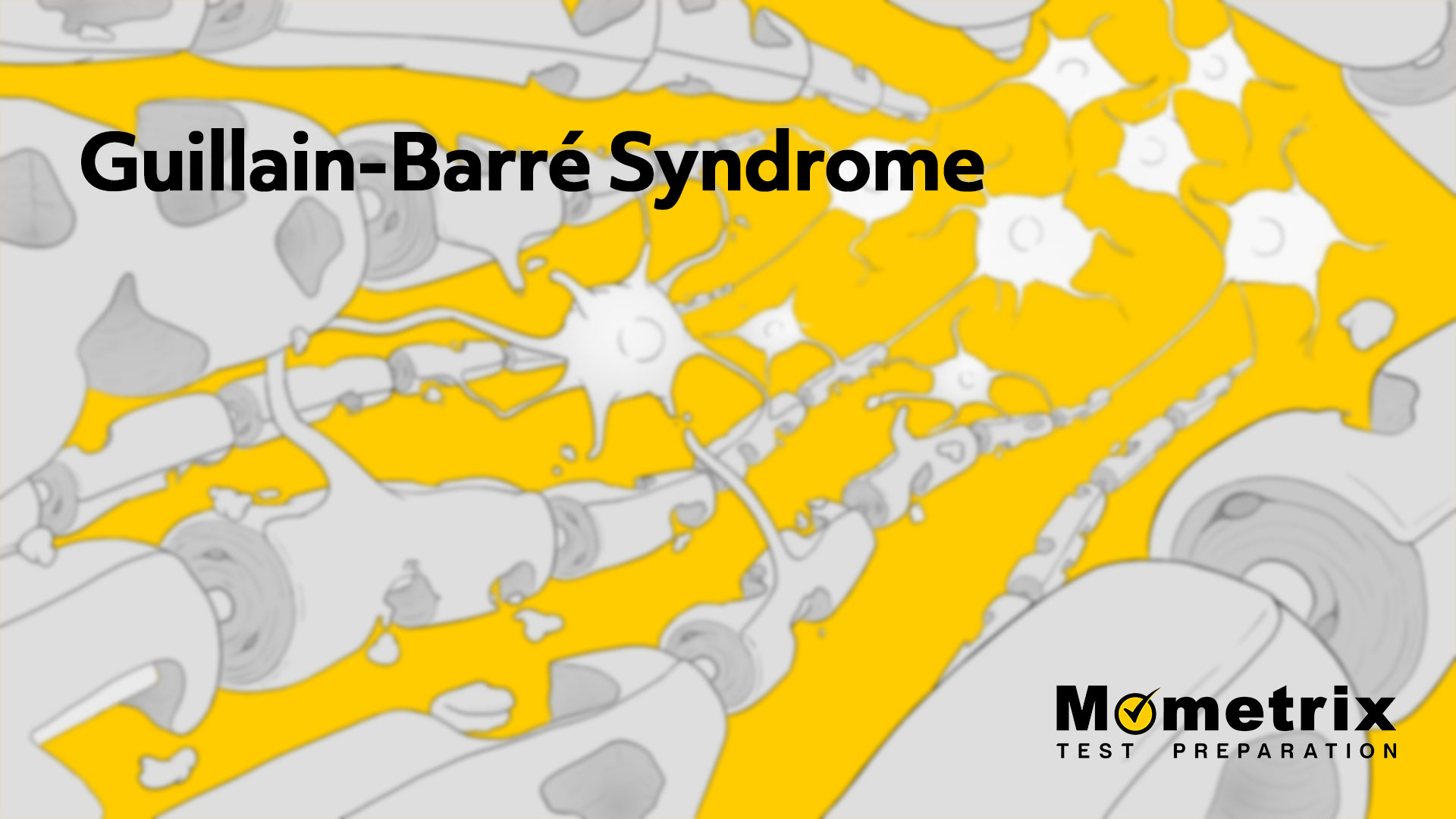
Welcome to this video on Guillain-Barré syndrome, a rare but serious autoimmune disease of the peripheral nervous system. In Guillain-Barré syndrome (GBS), the immune system attacks the myelin sheaths of peripheral nerves and in some cases the axons are also attacked.
As myelin is damaged, nerves can no longer send certain information to the brain and spinal cord. Also, the brain and spinal cord can no longer transmit signals back to the body, which leads to muscle weakness. GBS is characterized by varying degrees of motor weakness or paralysis that may last for months or years. It primarily affects the motor component of the cranial and spinal nerves and affects all races and age-groups, although it is slightly more common in older people and males.
Causes and Symptoms
The exact cause of GBS is unknown, but the condition often begins a few days to a few weeks after a mild viral or bacterial infection, surgery, or vaccination. Infection is the cause in more than 50% of patients, with common pathogens including Campylobacter jejuni, enteric viruses, herpes viruses (including cytomegalovirus and Epstein-Barr virus), and mycoplasma pneumonia.
Recent findings suggest that Zika virus might also cause GBS, but more research is required. GBS may also be triggered by transplantation or an immune disorder such as HIV or Hodgkin’s lymphoma.
The predominant symptom in most patients with GBS is flaccid weakness, which is always more prominent than sensory abnormalities. Symptoms of GBS often begin with numbness and weakness in the feet and legs and gradually progress symmetrically up the body. And few patients will report tingling and weakness in the face or neck that progress downwardly, quickly impairing the respiratory system and leading to paralysis.
Other symptoms include instability when walking, lack of bowel or bladder control, elevated heart rate, high or low blood pressure, blood clots, cramp-like pain that gets worse at night and/or severe nerve pain that may require analgesics. For most patients, the nerve damage worsens quickly for a few weeks, reaches its maximum deterioration at three to four weeks, then resolves. Most patients improve considerably over a period of 6 to 12 months, but about a third of patients have some residual weakness at three years, and a few are left with long-term disability.
Diagnosis, Treatment, and Management
Diagnosis of GBS can be difficult, since the symptoms are similar to the symptoms of other neurological conditions and they vary between people. A physical exam will be done, assessing the presence of a recent viral or bacterial infection. A nerve conduction exam uses electrodes on the skin to test the speed of nerve signal conduction; in GBS the nerve signals travel along the nerves slower than normal. Electromyography (EMG) studies use thin needle-like electrodes to test the nerve function within muscle fibers. A spinal tap can also be done to test the cerebrospinal fluid for elevated protein.
Guillain-Barré syndrome is considered a medical emergency that requires constant monitoring and supportive care, usually in an ICU. The goal of treatment is to support the patient’s vital functions and prevent complications until the recovery process begins. Respiratory failure from neuromuscular weaknesses is common in GBS, and the nurse must monitor forced vital capacity and tidal volume. Intubation with mechanical ventilation is often necessary.
Nutritional support is important, as patients can lose weight rapidly and complete immobility causes a rapid loss of muscle mass. Interventions for partial or total immobility include preventing skin breakdown, maintaining range of motion, preventing DVT and pulmonary embolism, indwelling or intermittent urinary catheterization, and bowel program.
When given within the first two weeks of disease onset, IV immunoglobulin therapy seems to reduce the autoimmune response that occurs with GBS. If IVIG is ineffective, plasmapheresis (plasma exchange) helps shorten the disease course and reduce mortality risk and incidence of permanent paralysis by removing some of the antibodies attacking healthy cells. Corticosteroids should not be given for GBS, as they do not improve the symptoms and may worsen the outcome.
Review Questions
Let’s look at a couple of questions for review.
1. For most patients, Guillain-Barré syndrome typically begins with…
- Descending tingling and weakness that starts in the face or neck
- Ascending, relatively symmetric flaccid weakness
- Instability when walking and paralysis
- Elevated heart rate and high or low blood pressure
For most patients, GBS begins with an ascending, relatively symmetric flaccid weakness. The other choices are possible symptoms that some patients have, but the most common symptoms for the majority of patients is choice number 2.
2. Which treatment seems to reduce the autoimmune response that occurs with GBS if given in the first two weeks of disease onset?
- Antibiotics
- Corticosteroids
- IV immunoglobulin therapy and plasmapheresis (plasma exchange)
- Intubation and mechanical ventilation
IVIG and plasmapheresis have been shown to reduce the autoimmune response by removing some of the antibodies attacking healthy cells.
Thank you for watching this video on Guillain-Barré syndrome!

